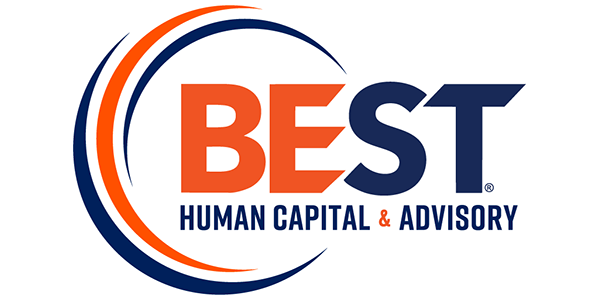
Succeeding in a Virtual Interview for Candidates
Tips you can use when being interviewed virtually. Thanks to the modern workforce enjoying the freedom of choosing their work hours and office settings and also the increased availability of telecommunication mediums, many organizations and individuals are relying on virtual meetings and interviews when exploring new candidates to join their company. Doing so can limit […]





